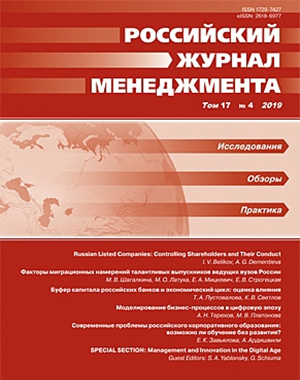Online Repurchase Intention: Empirical Study on the Household Equipment Market
DOI:
https://doi.org/10.21638/spbu18.2019.409Abstract
The explosion of e-commerce has enabled consumers to purchase goods online. We have developed a conceptual framework based on the technology acceptance model, the expectation-confirmation theory, and the concept of information systems continuance. Our intent is to conduct an empirical study on consumers’ online repurchase of household equipment, which has not been undertaken before. 218 respondents answered our survey on the IKEA online repurchase intention. Structural equation modeling has been used for the analysis. Concerning the household equipment market, our findings indicate that past internet shopping experience affects online customers’ perceived ease of use, confirmation and satisfaction. The usability of a website affects trust, perceived enjoyment, and usefulness. Customers’ confirmation affects satisfaction but not perceived usefulness. Intention to repurchase household equipment online is positively affected by perceived usefulness and satisfaction. Analysis of our data leads to the counter-intuitive finding that online repurchase intention is negatively affected by perceived enjoyment. Our study contributes to bring together several extant online repurchase intention models.
Keywords:
Internet, e-commerce, repurchase, household equipment, online shopping, IKEA
Downloads
References
Downloads
Published
How to Cite
Issue
Section
License
Articles of the Russian Management Journal are open access distributed under the terms of the License Agreement with Saint Petersburg State University, which permits to the authors unrestricted distribution and self-archiving free of charge.





